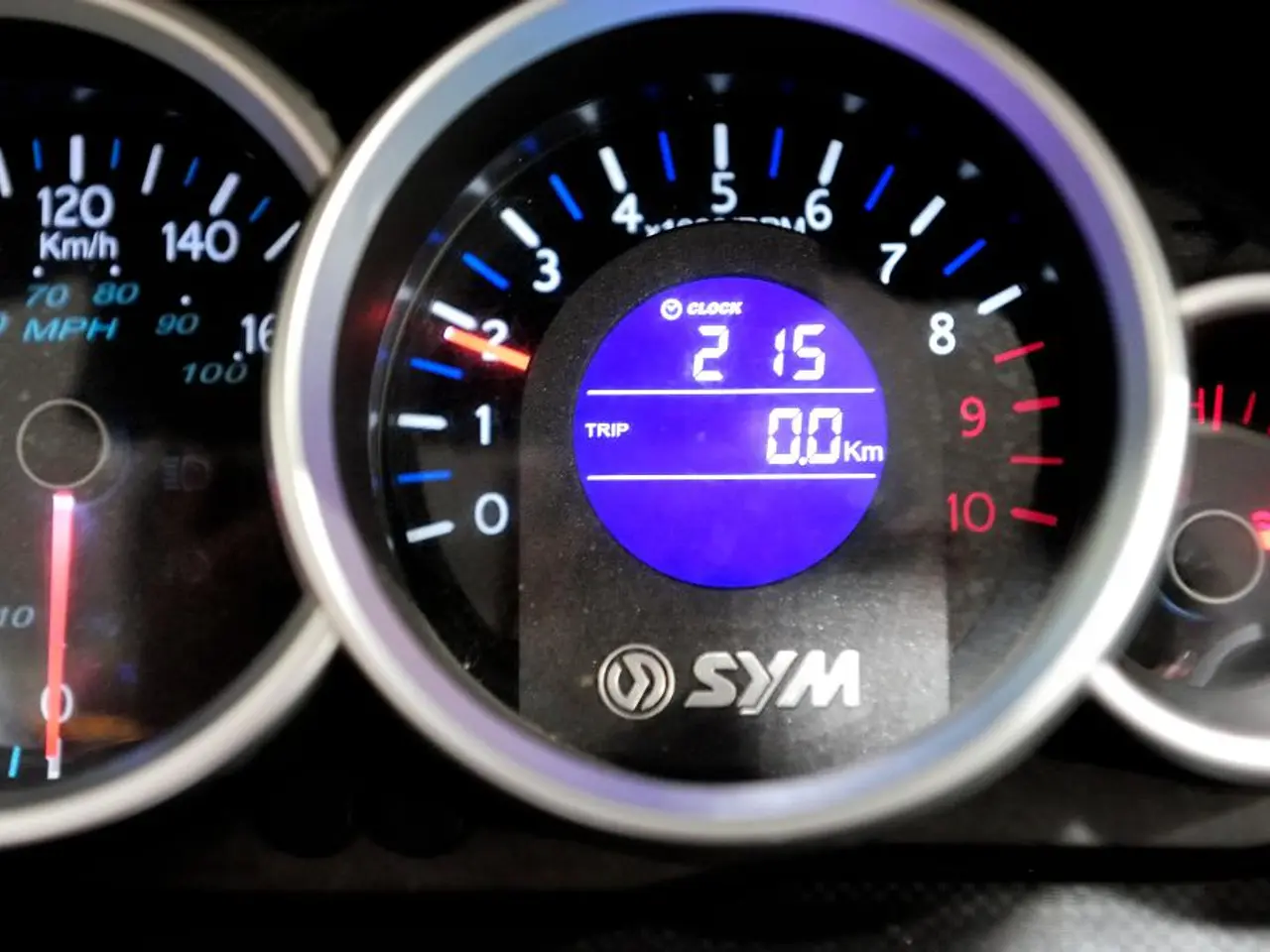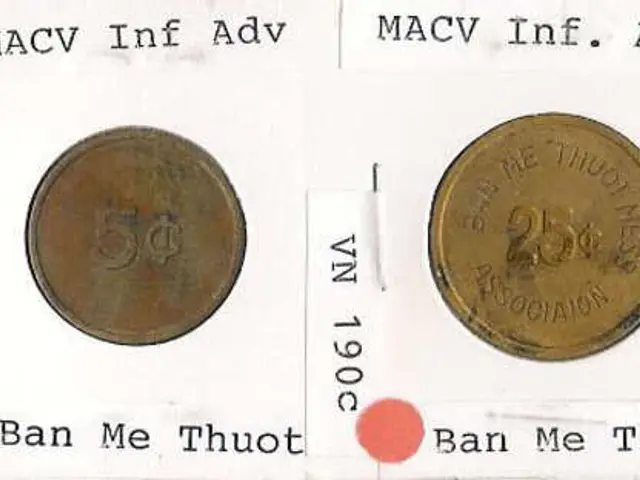Techniques for adjusting radiators for an economical, comfortable, and energy-efficient central heating setup
Balancing radiators is a task that can be accomplished by homeowners, given patience and time. Here's a straightforward guide to help you balance your radiators for optimal heat distribution.
- Preparation: Start by turning off the central heating and allowing the radiators to cool down. This is essential for safety when working with the hot water system.
- Bleeding the Radiators: The first step in balancing radiators is to bleed all radiators. You can do this by using a butterfly shaped bleed key, typically made from solid brass and compatible with most radiators.
- Temperature Readings: Take a temperature reading at the pipework leading to one of the valves, then take a temperature reading at the pipework leading to the valve on the other end of the radiator. A digital thermometer with a built-in red laser is useful for precise aiming and accuracy.
- Noting the Heating Order: When the radiators are cool, switch the heating back on and start with the first radiator on your list. Note down the order in which the radiators heat up.
- Adjusting the Radiators: With your heating on and your order noted, start with the first radiator on your list. Check the temperature difference between the two valves. If not at a 12°C difference, you'll need to adjust the radiator.
- For the lockshield valve, turn it clockwise until it is closed and then open it by a quarter of a turn. Gradually open the lockshield valve until there's a 12°C difference between the two temperatures. Remember, the further you move away from the boiler, the more the lockshield valve will need to be opened.
- Checking the Rest of the Radiators: Check the rest of the radiators in the system, ensuring there is a 12°C difference in temperature, following the order on your list.
- The last radiator may need to have the lockshield valve fully open to work at full efficiency.
- TRV and Wheel Head Valves: Most modern radiators have a TRV (thermostatic radiator valve) on the other side of the lockshield valve, which controls the level of heat and can switch off the flow of hot water. Older models of radiators have a wheel head valve, which performs the same task as the TRV.
- Safety Precautions: If you're not confident in balancing radiators, consider hiring a plumber. The cost can vary, but expect to pay around £100-£150 as a rough guideline. Always prioritise safety and seek professional help if necessary.
This guide provides a basic understanding of balancing radiators. Remember, every home and system is unique, so adapt the process to suit your specific needs. Happy heating!
Read also:
- Peptide YY (PYY): Exploring its Role in Appetite Suppression, Intestinal Health, and Cognitive Links
- Toddler Health: Rotavirus Signs, Origins, and Potential Complications
- Digestive issues and heart discomfort: Root causes and associated health conditions
- House Infernos: Deadly Hazards Surpassing the Flames








